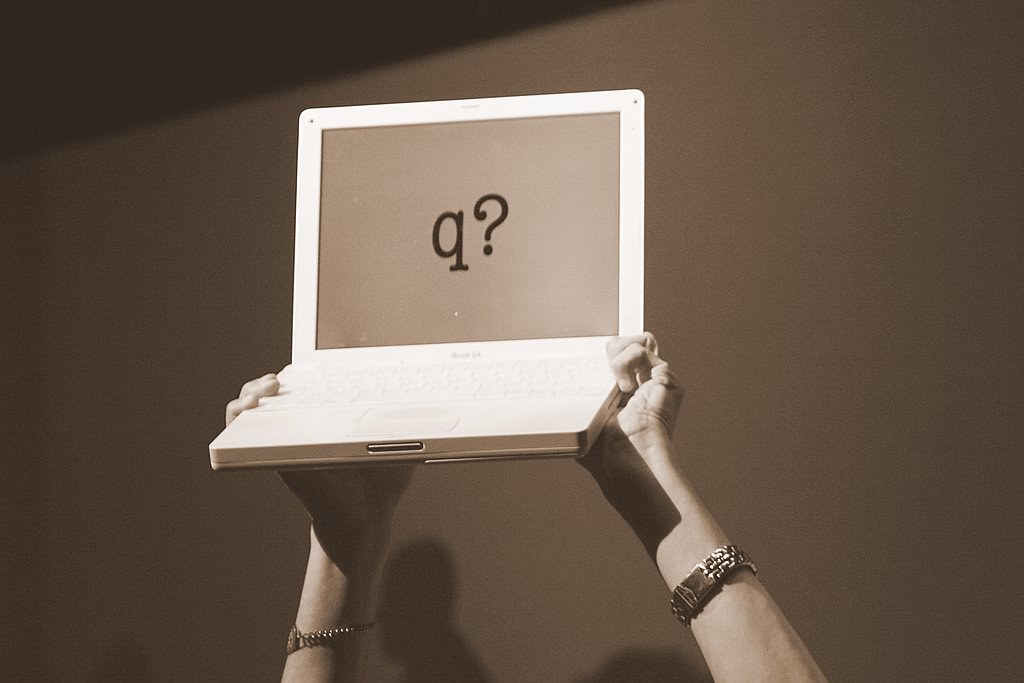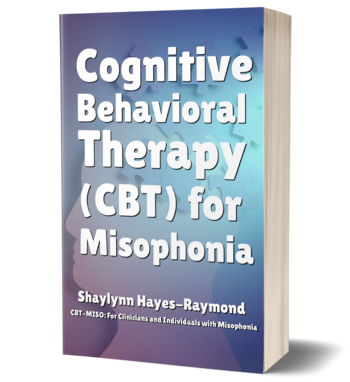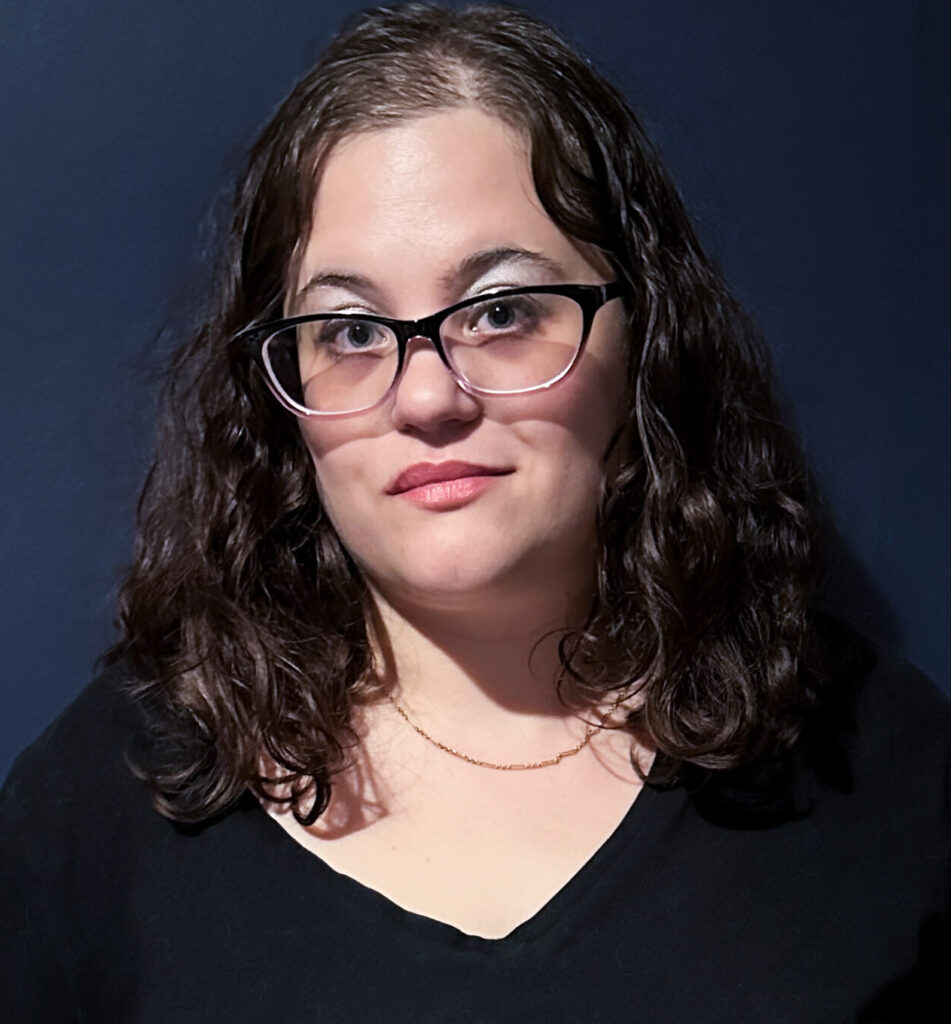
These questions/answers were originally from this reddit thread: https://www.reddit.com/r/misophonia/comments/1o6yw9x/ama_shaylynn_hayesraymond_author_of_cognitive/ – Usernames have not been copied for privacy- but you can find them on the original post.
Cognitive Behavioral Therapy (CBT) for Misophonia is that there is NO EXPOSURE THERAPY. This is my hard line in the sand. If exposure therapy worked, we’d all be cured. I’ve not gone a single day without at least 1 trigger.To celebrate the launch of the book I’ll be answering as many questions as I can for the next 24 hours. If you’d like free resources, please go here: https://misophoniainternational.com/product-category/free-resources/
Question: As a mod of the subreddit, I do want to ask some hard ball questions on behalf of our users: What your experience with misophonia is- and how it impacted your work? For example, is it mild? Is it severe? How long have you had misophonia? Why should a clinician or person with misophonia looking for answers read your book? Since there’s no treatment for misophonia, how does this book fill in gaps and actually provide valuable answers?
Answer: Thank you for the questions. I’ll try my best to answer each of them. Misophonia was making my life difficult before I ever knew the name for it. In my late teens it suddenly became really bad and I could no longer spend time with family members like I used to, especially ones who whistled, clipped their nails a lot, or bounced their leg/moved their foot (misokinesia). After about a year of feeling like I was going absolutely crazy, in 2014, my cousin Ashley found the name ‘misophonia’ from a popular press article. At first I was actually skeptical because I didn’t just have auditory triggers I also had visual- but whistling was my main trigger and it did sound a lot like that. I would say that my misophonia goes from periods of severe (like when I was completely nocturnal to avoid daytime sounds) to more manageable (currently it’s manageable with some bad moments due to a newly installed basketball hoop next door). For me misophonia is something I couldn’t get away from. It impacted every single aspect of my life, caused me to amass a lot of debt from dropping and having to retake university classes, and caused me to fall out with several friends and relatives over the years who didn’t understand or care to understand. The great news is my parents are very supportive and understanding now, and my husband is absolutely amazing when it comes to my misophonia.
I never really ‘chose’ a career as an advocate for misophonia, or my subsequent path into becoming a therapist (LCT-C). However, since misophonia was taking over so much of my life it just became a part of my every day. I’ll admit, I became an advocate because I needed the hope of treatment, of things getting better, and to not simply sit around with the sounds and visuals driving me insane.
Now for the hardest questions – why should a clinician or person with misophonia read my book? This is always hard to answer because I don’t want to sound like I have all the answers or think that my book is some definitive guide that will cure misophonia – not only would that be untrue, it would also be severely unethical. What I will say is that this book includes over 50 worksheets and activities that I developed myself from a Cognitive Behavioral Therapy framework. I read around 5 CBT manuals and extensively read the work of Judith Beck as I considered a CBT approach to misophonia. The one glaring difference between classic CBT and my book is that I completely omit exposure therapy. I can’t think of a fate worse than hell than to be triggered to try and “heal”. It’s just nonsensical and causes a lot of pain and unnecessary suffering. To be honest, I’ve been at war with exposure therapy for a decade. I think it’s cruel. My aim with the book was to provide practical worksheets and exercises that can help individuals learn about misophonia, handle emotional reactions beyond the trigger, and learn to live a life adapting to the reality and harshness of misophonia. It is my hope that the book provides exercises that individuals and clinicians find helpful, and it’s also my hope that the book can stand firmly against treatments that involve traditional exposure therapy.
Question: Why did you write this book, what’s the difference between traditional CBT and your book?
Answer: I wrote this book because I firmly believe that the traditional CBT models used by numerous practitioners (especially those with no first hand experience of misophonia) are out-dated and were never adapted for misophonia. Since misophonia is neurophysiological not cognitive, it’s irresponsible in my opinion to continue toting CBT models that include harmful practices such as exposure therapy. I can’t think of a worse way to torture people with misophonia. I also think this does a lot more damage because it leads to traumatic experiences and a lack of trust in the medical system going forward. The book has over 50 worksheets from a CBT perspective, but the main difference between this and “Traditional CBT” is that we are not assuming that the misophonia trigger and reaction are some failure of thought and behaviour- rather, we are trying to deal with the emotional aftermath of the inevitable physiological response.
Question: Really looking forward to your new book! Your Misophonia Matters one was really enlightening. I’m curious what you think of somatic approaches to misophonia (e.g. EMDR, somatic experiencing), even if there’s not much research to support these approaches for misophonia at this point?
Answer: Thank you for the praise for Misophonia Matters, this means more to me than I can say, because so much of my work is so personal to me since I have misophonia! I don’t think these approaches would necessarily cause harm, but I am also not sure if there would be much to gain from EMDR, to be honest, I’m skeptical about the process in general and in graduate school I did a paper on EMDR and was not encouraged by its usage even for typical treatments like Trauma. It’s also very expensive for therapists to become trained in EMDR, so I think it’s a bit of a strange modality in general. As for somatic experiencing, I would say that it would likely help to the degree of other approaches so long as there isn’t an emphasis on enduring the trigger moment (exposure). I think it may help with the emotional aftermath and response, but not the actual fight-flight part of misophonia. I think somatic experiencing can also be easily tied in with sensory/mindfulness approaches so long as it’s a piece of the puzzle and not the entire plan.
If you are looking for misophonia coping skills, you can go here to see coaching (worldwide) and here to see therapy (Canada) options with Shaylynn Hayes-Raymond. Shaylynn also offers both live and on-demand webinars for misophonia.








